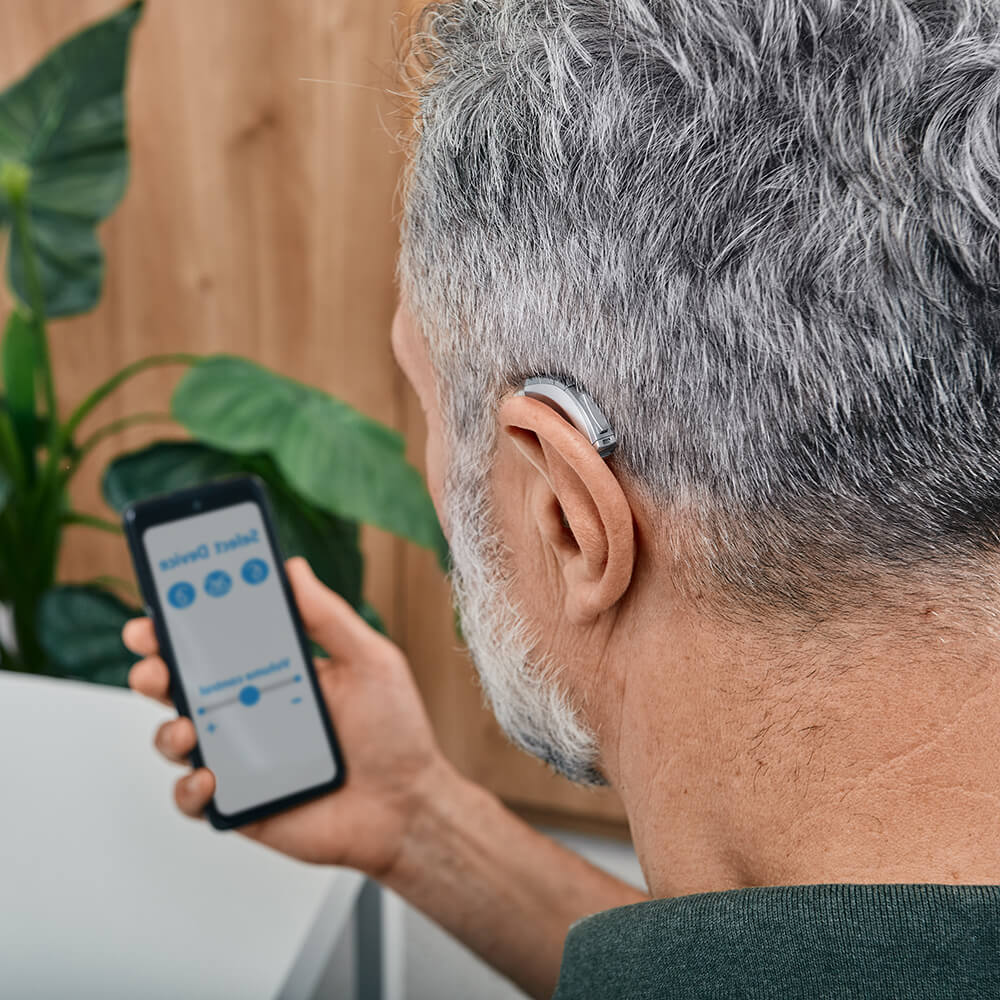Hearing Aids
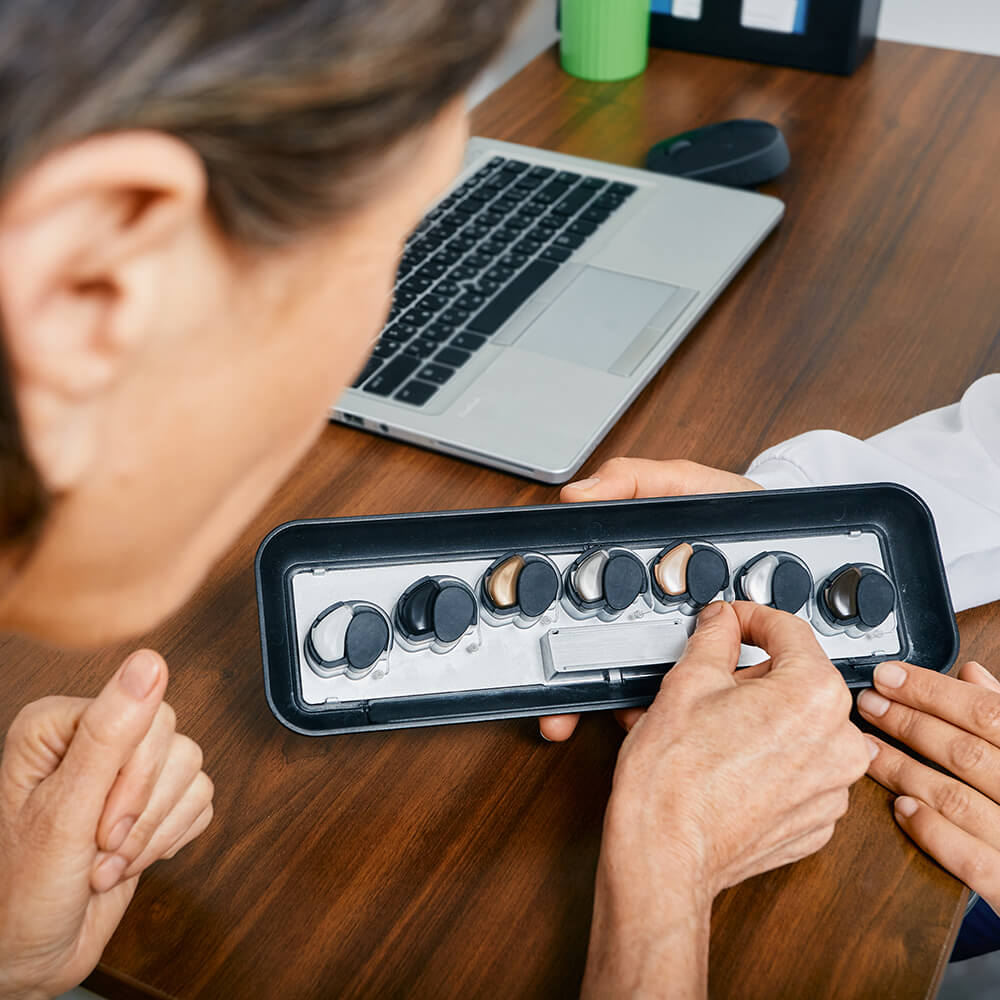
Hearing aids are sophisticated, state-of-the-art devices that amplify and deliver sound to the brain.
Because hearing loss is a medical condition, hearing aids require proper fitting for the wearer to experience its benefits.
Hearing Aid Styles
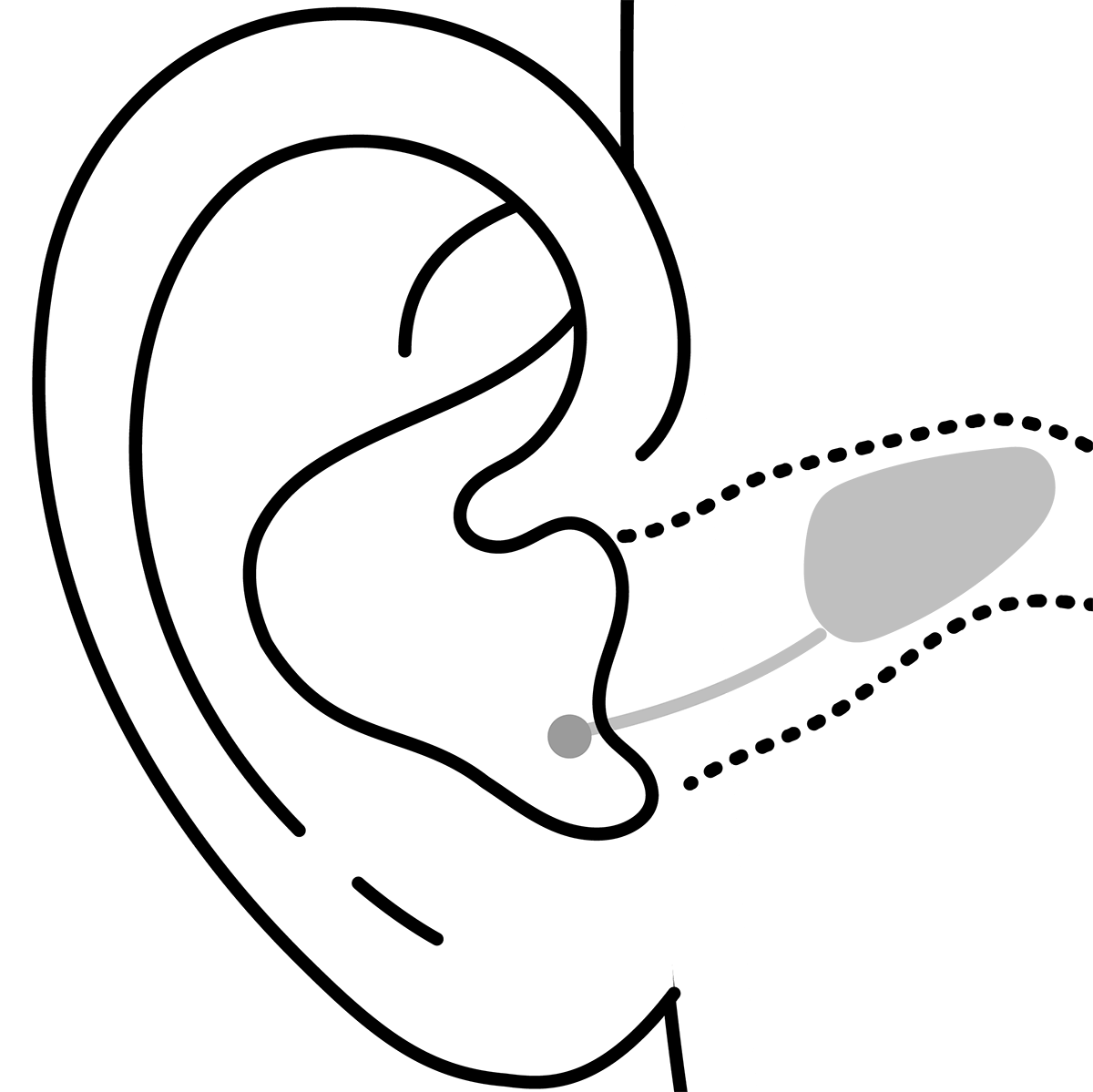
Invisible-in-Canal

Completely-in-Canal
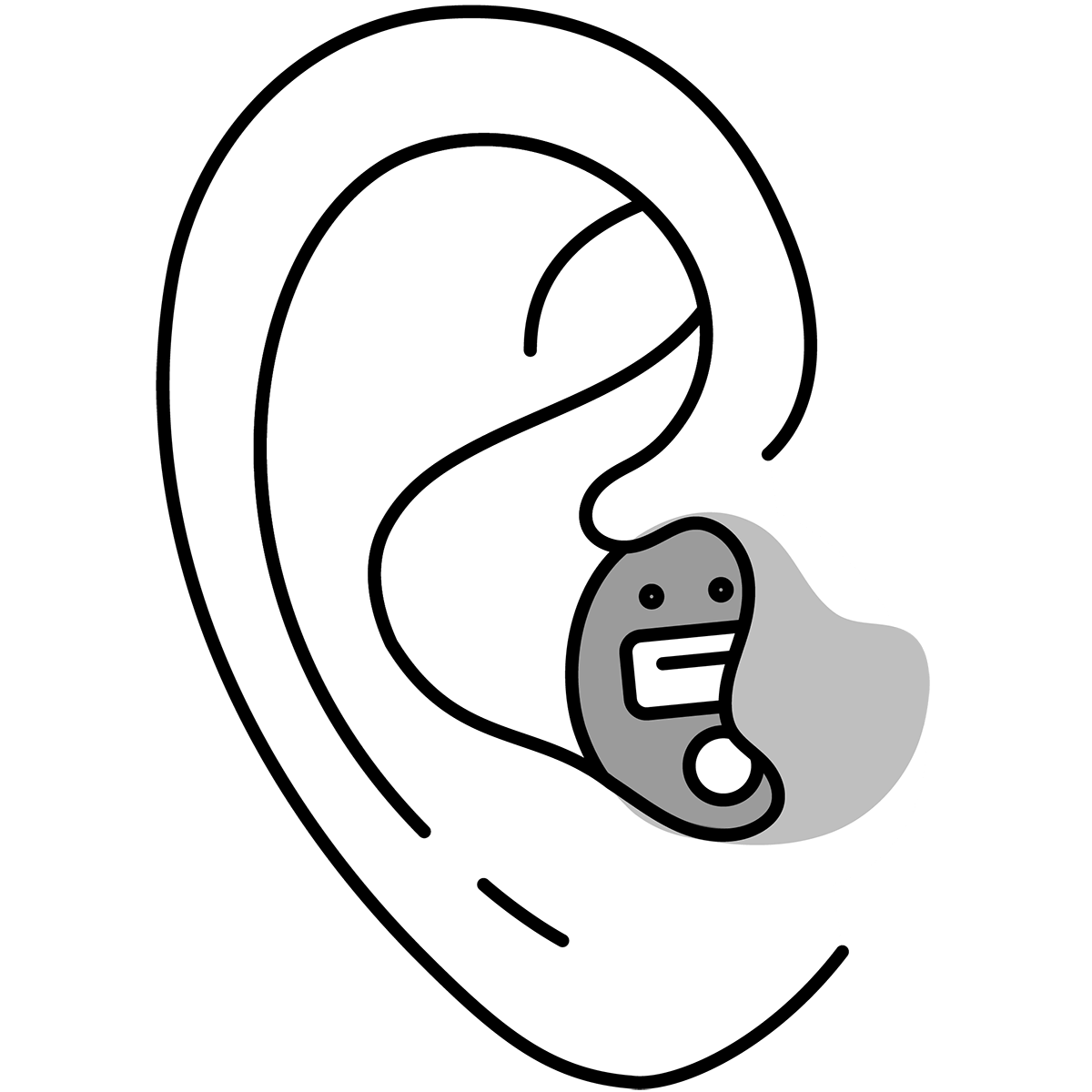
In-the-Canal
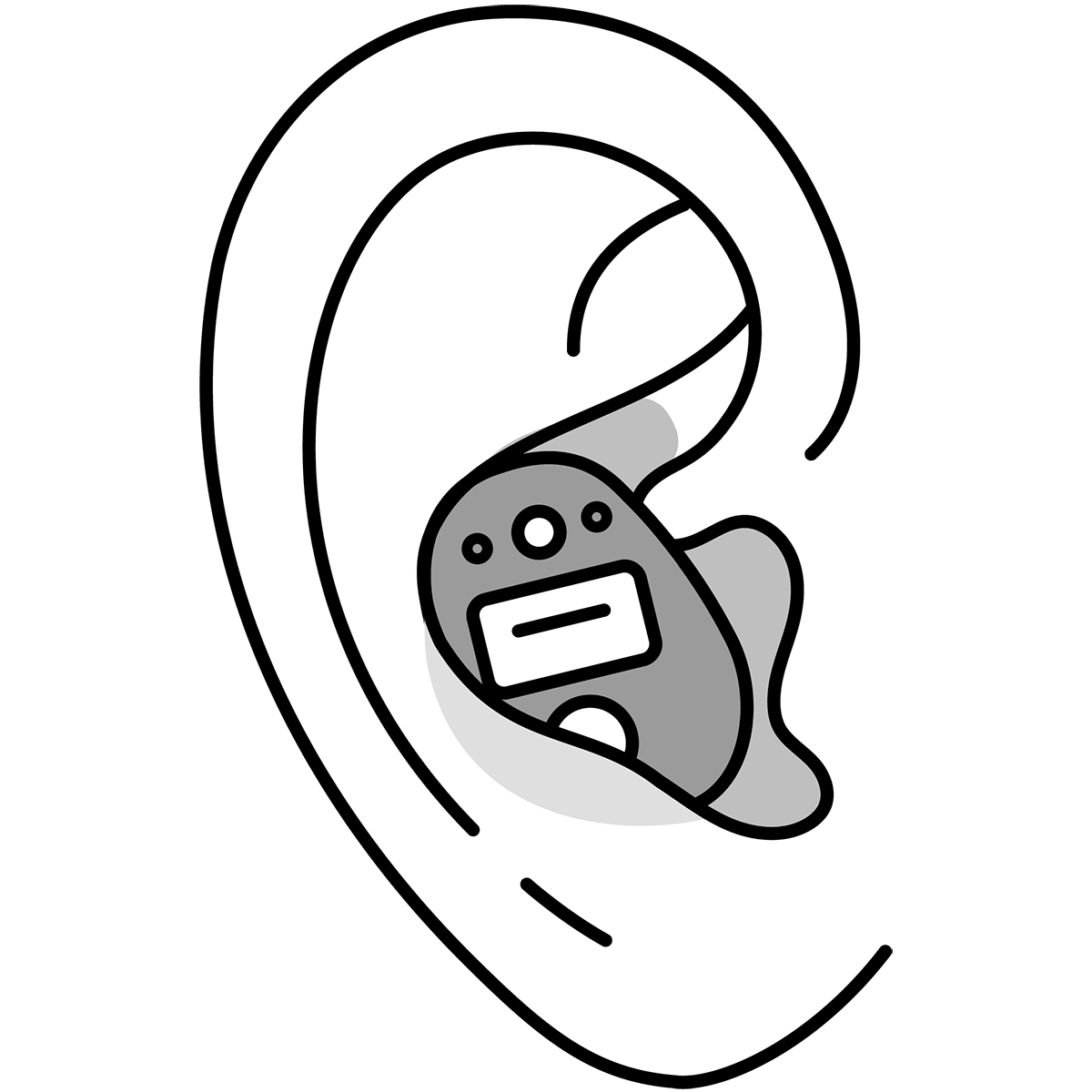
In-the-Ear
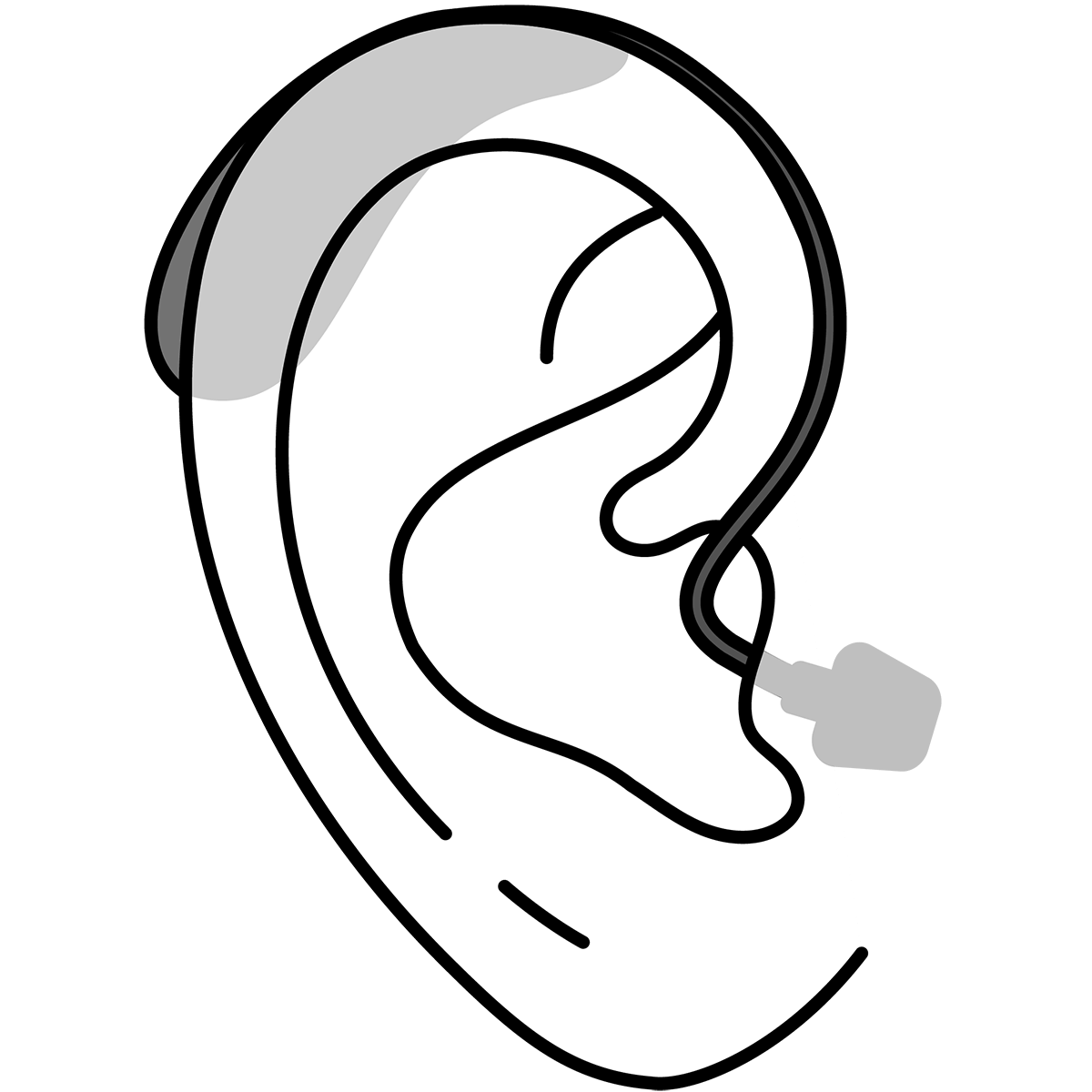
Receiver-in-canal
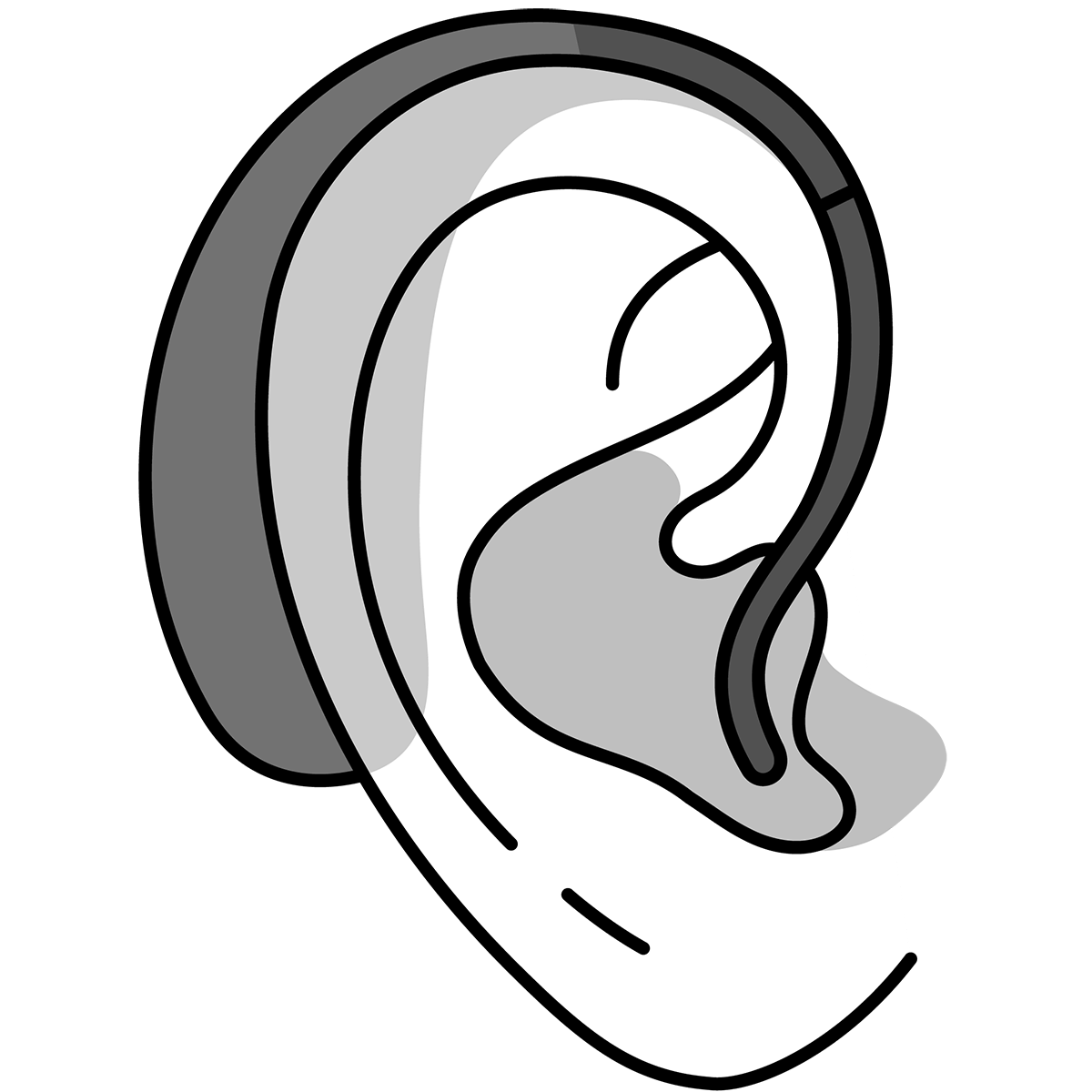
Behind-the-Ear
Hearing Aid Features & Technology
Hearing aids are designed with features that address needs specific to the different degrees of hearing loss. Depending on your degree of hearing loss and your hearing needs, our specialists will match you with hearing aids that provide seamless sound access. At Digital Hearing Lab, we are determined to help you find the best treatment for your hearing needs. Based on our consultations, we determine the features and style of hearing aid that fits you best.
Most hearing aids available are now digital instead of analog in older hearing aids. All sound signals picked up by digital hearing aids are converted into digital information, which is processed at incredibly fast speeds before delivering the sounds you hear. Hearing aid processors range from basic to advanced in terms of technology level.
- Noise Cancellation
- Speech Recognition
- Wind Reduction & Shock Suppression
- Feedback Management
- Wireless Connectivity (Bluetooth)
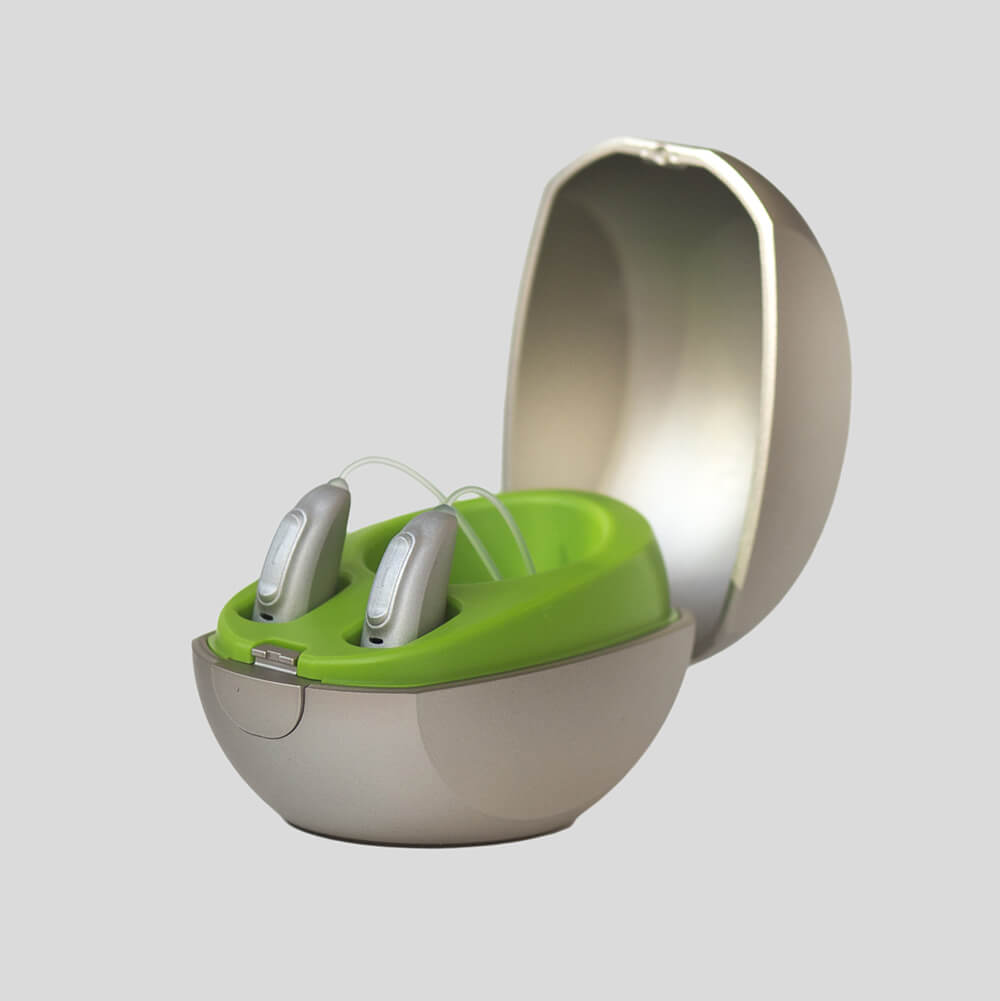
Rechargeable Hearing Aids
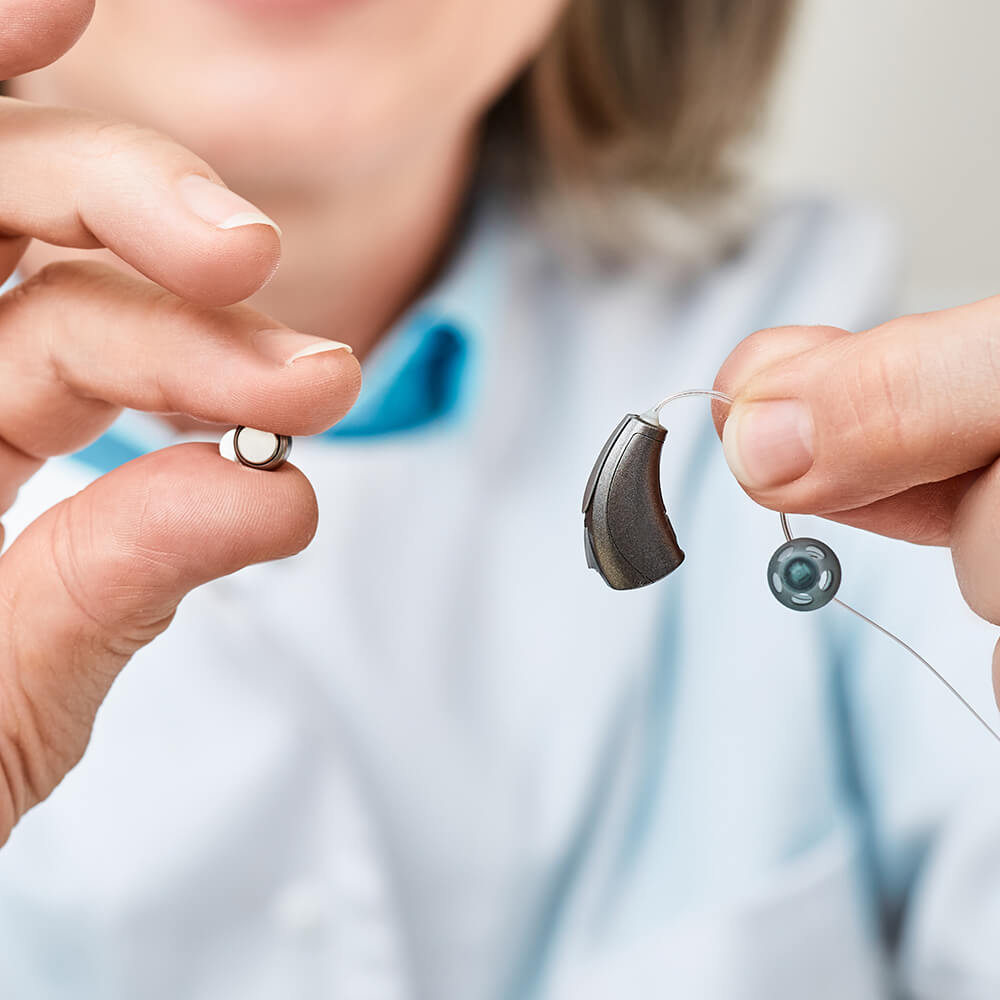
Hearing Aid Batteries
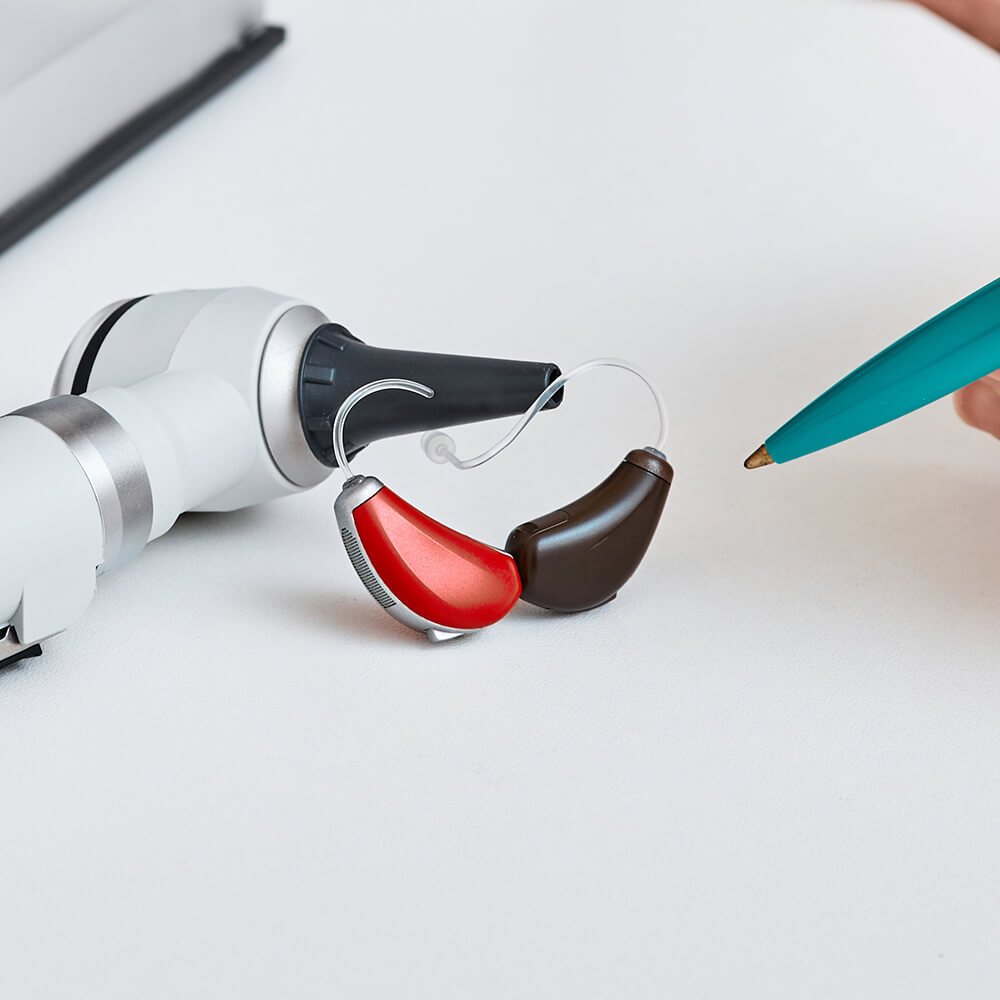
Binaural Hearing Aids
- Improve your ability to hear in noisy settings
- Determine where sounds are coming from
- Improve your ability to understand speech
- Give access to a broader range of volumes, from quiet to loud.
